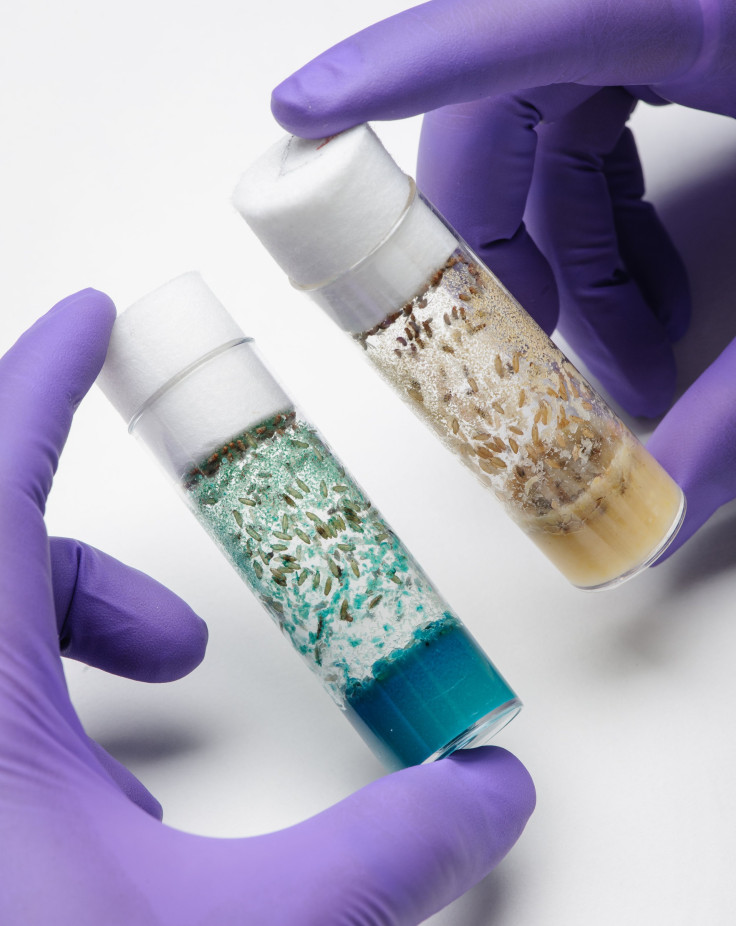Light Influences Various Behaviors In Insects

Thanks to certain photoreceptors in the retina that provide color visions to living beings! And color vision in animals is nature’s way of letting them reach out to nutritious food and to avoid poisonous stuff. Colors can affect one’s moods and the preference of colors can thereby reflect one’s emotional or physiological state.
A recent study has reported that the fruit flies (Drosophila) avoid blue light and prefer green or red colored lights at various times of the day. And various mechanisms are pointed out to validate these behavioral responses in the fly.
The authors analyzed the position and movements of fruit flies living in glass tubes via video recordings. They placed food at one end of each of the tubes and varied the order of the colored zones so as to find out the fruit flies’ color preference of the zone containing the food. The experiment was set up to expose the flies to both light and dark conditions (12 hours of darkness and 12 hours of light).
It was found that the fruit flies showed no preference for any particular colored zone during the dark phase, but when there was light, they did exhibit a systematic pattern of color preference. They preferred the green zone rather than the blue or red zones. This happened especially during the early morning and late afternoon, which infer that the flies devote the time usually to search for food, which they find under green trees or bushes.
The study has also discovered an unexpected fact that the flies’ color-driven behavior does not depend on its visual system. The fruit flies rather make use of their pain-sensing neurons instead of the photoreceptor cells to exhibit their color preference. Rhodopsin- 7, being expressed by such pain-sensing neurons also mediates escape responses at high temperatures, mechanical stimuli, and other potentially harmful chemicals.
The study also pinpoints that the flies would choose only dim lights during siesta and avoids blue lights. Interestingly, the reason behind the flies’ choice of avoiding blue light makes total sense. This is because blue light and ultraviolet light which has a slightly shorter wavelength can be very harmful and cause DNA damage.
© Copyright IBTimes 2024. All rights reserved.






















